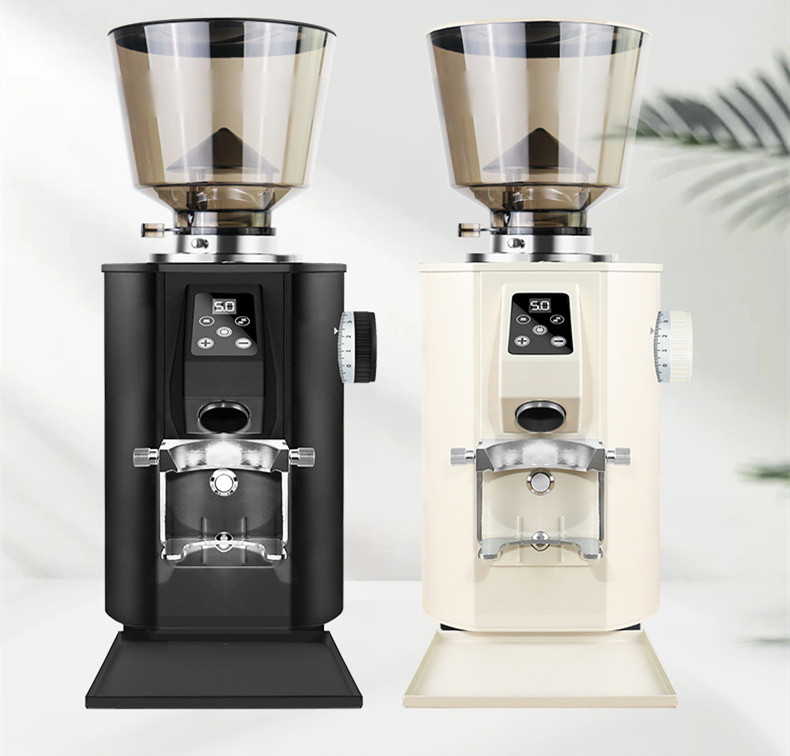Pre-Roasting Checklist for Coffee Roasters: Essential Steps Before Starting
Proper preparation before using a coffee roaster ensures consistent roast quality, safety, and equipment longevity. Skipping steps like calibration, ventilation checks, or preheating can lead to uneven batches, mechanical failures, or even hazardous conditions. Below is a detailed guide to preparing your roaster for operation.
Equipment Inspection and Safety Checks
Visual Inspection of Mechanical Components
Begin by examining the roaster’s exterior for cracks, loose fittings, or worn seals. Check the drum for dents or misalignment, as these can affect bean movement and heat distribution. Inspect belts, chains, and motors for signs of wear, such as fraying or unusual noise during manual rotation. A roaster once experienced a belt failure mid-roast due to undetected cracking.
Electrical System Verification
Ensure all wiring connections are secure and free of exposed conductors. Test the emergency stop button and power switches for responsiveness. If your roaster uses digital controls, verify that the display and sensors are functioning by running a brief diagnostic test. One roastery avoided a fire hazard by identifying a loose electrical connection during pre-use checks.
Ventilation and Exhaust Review
Confirm that the exhaust system is clear of obstructions, including chaff buildup in ducts or filters. Check the airflow by holding a tissue near the intake vent; steady movement indicates proper suction. Poor ventilation can cause overheating or smoke accumulation. A roaster reported reduced roast times after clearing a clogged exhaust duct.
Pre-Roast Calibration and Settings
Temperature Sensor Calibration
Use a calibrated thermometer to compare the roaster’s internal temperature reading with the actual drum temperature. Adjust the sensor offset if discrepancies exceed ±5°F. Inconsistent readings lead to under- or over-roasted beans. A specialty roaster calibrated its sensors monthly, reducing batch variability by 20%.
Airflow and Drum Speed Adjustment
Set the drum rotation speed to match the bean volume and density. Faster speeds prevent scorching for dense beans, while slower speeds suit lighter varieties. Adjust the airflow damper to control heat penetration; higher airflow accelerates drying but risks uneven development. A roaster fine-tuned these settings for each origin, improving flavor clarity.
Programmable Profile Verification
If using automated roasting profiles, load a test batch to verify that temperature ramps, cooling cycles, and airflow changes execute as planned. Monitor the first few minutes manually to confirm alignment with your intended curve. A misprogrammed profile once ruined a high-value micro-lot due to excessive heat.
Environmental and Material Preparation
Workspace Organization
Clear the area around the roaster of flammable materials, such as paper or fabric. Ensure fire extinguishers and first-aid kits are accessible. Position cooling trays and weighing scales nearby for efficient post-roast workflow. A cluttered workspace delayed emergency response during a minor malfunction.
Green Coffee Inspection
Sort through the green beans to remove debris, stones, or defective beans. Check moisture content using a handheld meter; ideal levels range from 9% to 12%. Overly dry beans roast too quickly, while damp beans may develop mold. A roaster discarded 2% of a batch after finding hidden stones.
Preheating the Roaster
Preheat the drum to the desired starting temperature (typically 350°F–400°F for medium roasts). Allow 15–20 minutes for thermal stabilization, especially in colder environments. Skipping preheating leads to inconsistent heat application in the initial minutes. A roastery improved batch consistency by extending preheat times in winter.
Operational Readiness and Documentation
Personal Protective Equipment (PPE)
Wear heat-resistant gloves, safety goggles, and a dust mask when handling hot components or cleaning chaff. Use ear protection if the roaster operates loudly. A roaster suffered minor burns by neglecting gloves during a hot drum adjustment.
Roast Log Setup
Prepare a notebook or digital log to record batch details, including bean origin, weight, temperature curves, and sensory notes. Consistent documentation helps identify patterns in roast quality. A roaster traced a recurring flavor defect to inconsistent airflow settings using historical logs.
Emergency Protocol Review
Brief the team on procedures for overheating, power failures, or smoke emissions. Ensure everyone knows how to shut down the roaster and activate ventilation systems. A roastery minimized damage during a malfunction by having a clear emergency plan.
By following these steps, roasters can optimize performance, reduce risks, and produce higher-quality coffee. Attention to detail in pre-use preparation safeguards both the equipment and the final product.


